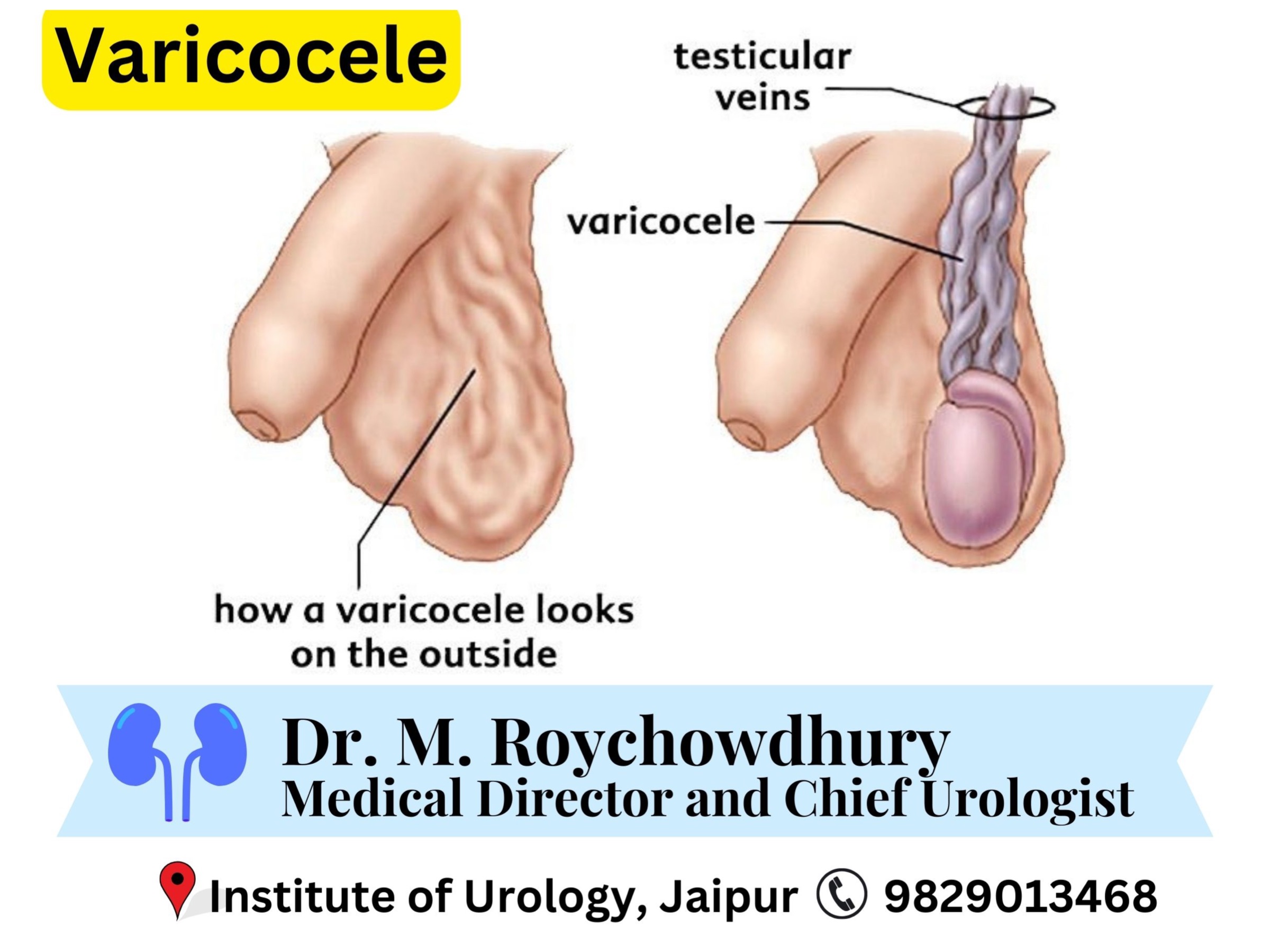Bone Pain Management in Prostate Cancer: Prostate cancer is one of the most common types of cancer that affects men. In many advanced cases of prostate cancer, the cancer can spread to the bones, which can cause significant pain and discomfort for patients. In this blog, we will discuss the symptoms and management of bone pain in prostate cancer.

Symptoms of Bone Pain in Prostate Cancer
When prostate cancer spreads to the bones, it can cause a number of symptoms. These can include:
- Pain: The most common symptom of bone metastasis is pain. The pain can range from mild to severe and can be frequent, constant or intermittent. The pain is usually felt in the bones of the spine, pelvis, ribs, and legs.
- Fractures: When cancer spreads to the bones, it can weaken them, making them more susceptible to fractures. Fractures can occur with little or no trauma and can cause significant pain and disability.
- Numbness or weakness: Cancer that spreads to the spinal cord can cause numbness or weakness in the arms and legs.
- Fatigue: Bone pain and cancer-related fatigue can make it difficult to perform daily activities.
- Decreased mobility: Bone pain can make it difficult to move around, which can impact quality of life.
Management of Bone Pain in Prostate Cancer
Medications: Medications are often the first line of treatment for bone pain in prostate cancer. These include non-steroidal anti-inflammatory drugs (NSAIDs), such as ibuprofen or naproxen, which can help reduce pain and inflammation. Bisphosphonates, such as zoledronic acid or pamidronate, can also be used to reduce bone pain and prevent bone loss. In addition, corticosteroids, such as prednisone or dexamethasone, may be prescribed to reduce inflammation and pain.
Radiation Therapy: Radiation therapy can be used to relieve bone pain in prostate cancer patients. The radiation can target the cancer cells in the bone and help reduce the pain. Radiation therapy works by damaging the DNA in the cancer cells in the bone. This can cause the cells to die, which can help reduce the size of the tumor and alleviate bone pain. Radiation therapy can also help reduce inflammation in the bone, which can help reduce pain and discomfort. Radiation therapy can be given in 3 different forms:
- External Beam Radiation Therapy: External beam radiation therapy (EBRT) is the most common type of radiation therapy used for bone pain management in prostate cancer patients. This treatment involves using a machine to deliver high-energy radiation to the affected bone. The radiation can kill cancer cells and reduce inflammation, which can help reduce pain.
- Brachytherapy: Brachytherapy is a type of radiation therapy that involves placing radioactive material directly into the bone. This can help target cancer cells more specifically and reduce the risk of damage to surrounding tissue.
- Radiopharmaceutical Therapy: Radiopharmaceutical therapy involves injecting a radioactive material into the bloodstream. The material is absorbed by the cancer cells in the bone, which can help destroy them and reduce pain.
Chemotherapy: Chemotherapy can be used to treat advanced prostate cancer that has spread to the bones. Chemotherapy drugs can help slow down the progression of the cancer and reduce bone pain. Chemotherapy can be given in a systemic way or targeted way.
- Systemic Chemotherapy: Systemic chemotherapy involves administering drugs that travel through the bloodstream to reach cancer cells throughout the body. This treatment can help target cancer cells in the bone and reduce pain.
- Targeted Therapy: Targeted therapy is a type of chemotherapy that targets specific proteins or receptors on cancer cells. This treatment can help target cancer cells more specifically, reducing the risk of damage to healthy tissue.
Hormone Therapy: Hormone therapy can be used to treat advanced prostate cancer. This treatment works by blocking the production of testosterone, which can slow down the growth of the cancer and reduce bone pain. We will be writing another article on Hormonal therapy in detail for Bone Pain Management in Prostate Cancer because I believe we can talk about the subject in a little more detail.
Surgery: Surgery may be recommended in cases where bone pain is caused by a fracture or other structural damage to the bone. The goal of surgery is to stabilize the bone and reduce pain.
Supportive Care: Supportive care can help manage the symptoms of bone pain in prostate cancer. This can include physical therapy, occupational therapy, and palliative care. Palliative care focuses on improving the quality of life for patients with advanced cancer. It may include pain management, emotional support, and other supportive care services.
Prostate Cancer Bone Pain Management At Institute of Urology, Jaipur
Bone pain is a common symptom of prostate cancer that has spread to the bones. The symptoms of bone pain can be managed through a variety of treatment options, including medications, radiation therapy, chemotherapy, hormone therapy, surgery, and supportive care. It’s important for patients to work closely with their urologist to develop a treatment plan that is tailored to their individual needs and goals. With proper management, bone pain in prostate cancer can be minimised, and patients can maintain a good quality of life.
We are here to assist you get through this journey of Bone Pain Management of Prostate Cancer. You can always give us a call at 9829013468 and book an appointment. We’re here to discuss and provide relief with our modern and advanced infrastructure including a highly trained and skilled medical staff. You can also contact me on 8601539297 (Dr. Rajan Bansal) or whatsapp me for any questions or queries.







